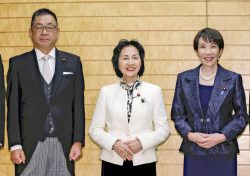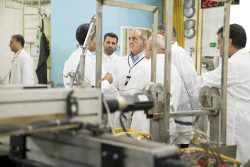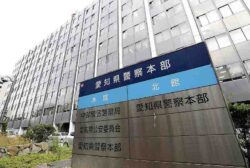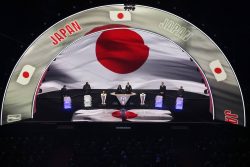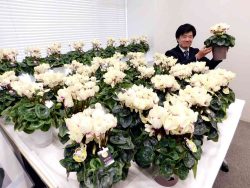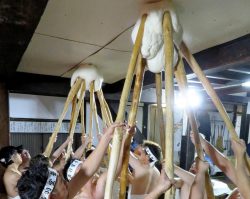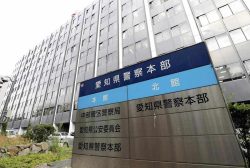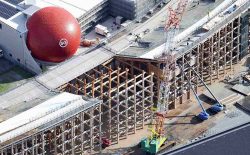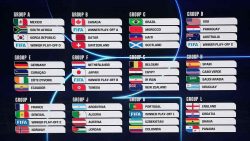Science, Technology Support Athletes’ Olympic Feats; Judoka, Trampolinists Improve by Crunching Data
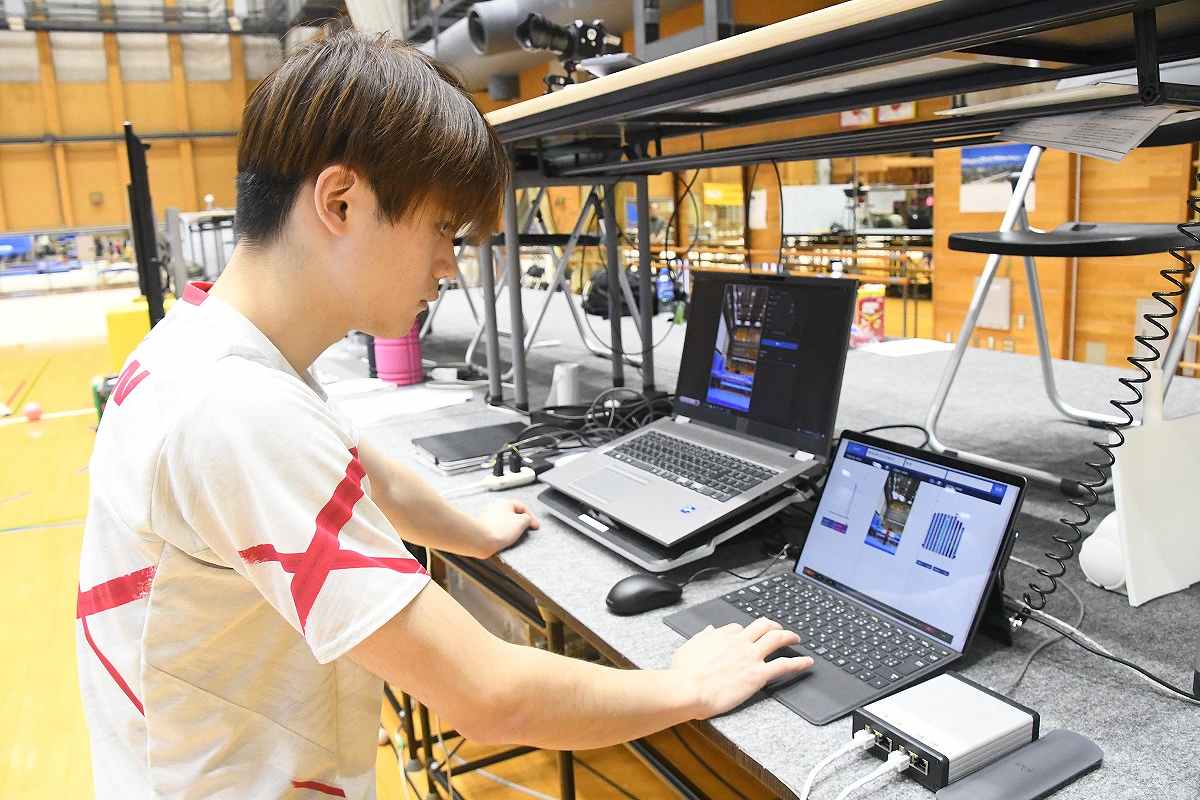
Ryusei Nishioka, a member of Japan’s national trampoline team, studies an AI analysis of his posture on a computer screen on May 25, 2024.
8:00 JST, August 31, 2024
The Paris Olympics have ended. Fierce competition and high-level performance among top athletes captivated people around the world. Japan won 20 gold medals and a combined 25 silver and bronze medals, its best record for any Games of which it was not the host. Behind the scenes, the latest science and technology helped Japan’s top athletes to train their bodies and enhance their skills to the maximum degree.
A unique computer system called GOJIRA was utilized in judo, a sport that originated in Japan. The system was developed by the All Japan Judo Federation (AJJF) and the University of Tsukuba. The name GOJIRA comes from the initial letters of Gold, Judo, Ippon, Revolution and Accordance.
GOJIRA has a big appetite for data. AJJF staff collected and reviewed a mass of footage of international matches from around the world, creating a database by entering all observed scoring patterns. So far, they have collected and processed videos of more than 50,000 international matches. Based on this database, GOJIRA can provide Japan’s judoka and coaches with many kinds of important information. For example, the percentage of techniques that led to points for the opponent is displayed on a computer screen, such as “23% for uchimata” and “35% for seoinage,” to mention two judo throws. The benefit of such visualization is to help judoka and their coaches understand intuitively what techniques they should be cautious about.
AJJF doubled the categories of data handled by GOJIRA to clarify strong points and weak points of opponents and even to examine the tendencies of each judge in preparation for the Paris Olympics. Sanshiro Murao, the Paris silver medalist in the men’s 90-kilogram division who trained with GOJIRA, pointed out, “Data is very important to know my opponents objectively.”
Artificial intelligence has also played an important role in helping Japan’s top athletes.
At the Japan High Performance Sport Center in Tokyo, a national training center, many trampoline gymnasts practiced with an AI system. The AI can gather and analyze information about the skeletal movements of athletes using videos of them performing. The system displays the height of their jumps, the timing of posture changes, and the trajectory of their bodies on a computer screen.
The AI was developed by Japanese information and technology company INTEC, which originally developed AI to analyze medical images for pathological tests. Since trampoline movements are unusual, it was difficult for a normal AI model to analyze trampoline gymnasts’ postures. However, INTEC developed AI that can analyze such movements with very high accuracy after its engineers trained the AI using approximately 8,500 images of gymnasts in motion and modified the AI algorithm. Comparing the athletes’ actual postures with the AI’s analysis of videos of them, the engineers say they improved its accuracy from 40% to 95%. Ryusei Nishioka, a member of Japan’s national trampoline team, said of the AI, “I can quickly see the patterns of my performance and what is necessary to improve.”
Unfortunately, the Japanese trampoline gymnasts were not able to get a medal, but there is no doubt that the AI strongly supported their pursuit of world-class performance. INTEC is now considering applying the AI to other sports in the future.
Researchers are also trying to promote the integration of sports and science.
The Information Processing Society of Japan (IPSJ), an association of experts in information technology such as AI and brain science, launched a study group in April to enhance the application of information technology to sports. It held its first meeting in Tokyo in late June.
Until now, scientific research and technological development related to sports have often been conducted individually by universities and companies, and cooperation among researchers at different entities has been insufficient. The group is expected to strengthen ties among them and share know-how. The group hopes that such cooperation will not only improve the skills of Japan’s national team but also foster the next generation of athletes.
Hitoshi Matsubara, a leader of this group and a professor at Kyoto Tachibana University, said: “The progress of information science has been remarkable in recent years. We would like to create opportunities for exchanges and increase opportunities for collaboration.”
It is natural that sports and science will be more strongly connected in the future. We look forward to seeing how Japanese “superhumans” who make full use of science and technology will show us astonishing feats at the Los Angeles Olympics in 2028.
Political Pulse appears every Saturday.
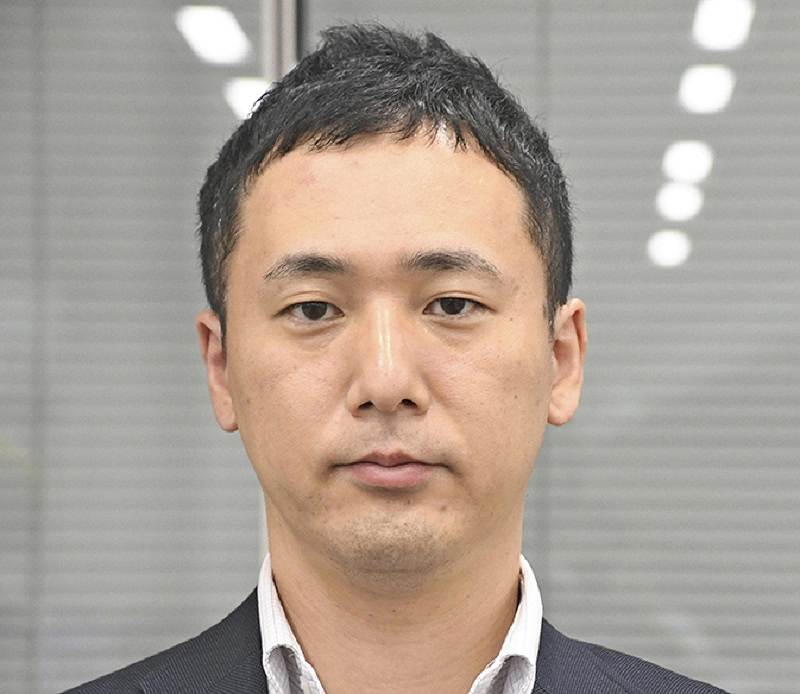
Sho Funakoshi
Funakoshi is a staff writer in the Science News Department of The Yomiuri Shimbun.
"Editorial & Columns" POPULAR ARTICLE
-

Corporate Interim Earnings: Companies Must Devise Ways to Overcome Trump Tariffs
-

Violations of Subcontract Law: Major Automakers Must Eliminate Old Practices
-

Local Governments’ Tax Revenues: Devise Ways to Correct Imbalances in Tax Sources
-
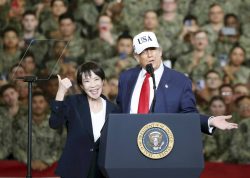
Takaichi’s Summit with Economics-Minded Trump Successfully Advanced Japan’s Security Interests
-

New Nuclear Threat: China Seeking to Follow U.S., Russia in Military Expansion
JN ACCESS RANKING
-

Govt Plans to Urge Municipalities to Help Residents Cope with Rising Prices
-

Japan Prime Minister Takaichi Vows to Have Country Exit Deflation, Closely Monitor Economic Indicators
-

Japan to Charge Foreigners More for Residence Permits, Looking to Align with Western Countries
-

Essential Services Shortage to Hit Japan’s GDP By Up to ¥76 Tril. By 2040
-

Japan GDP Down Annualized 1.8% in July-Sept.



